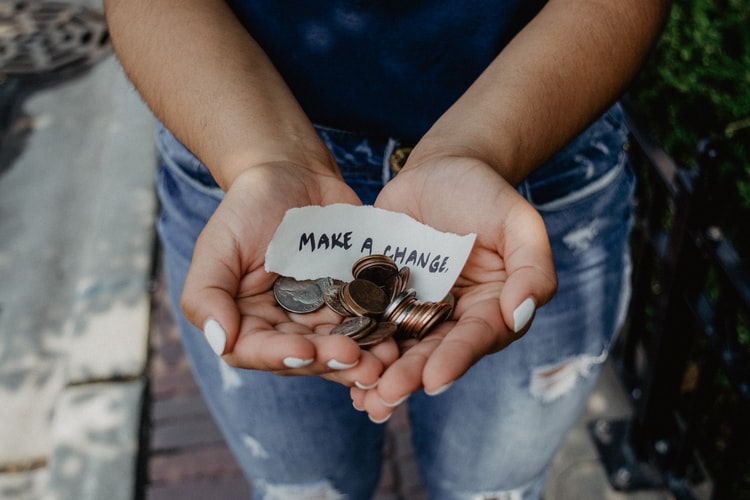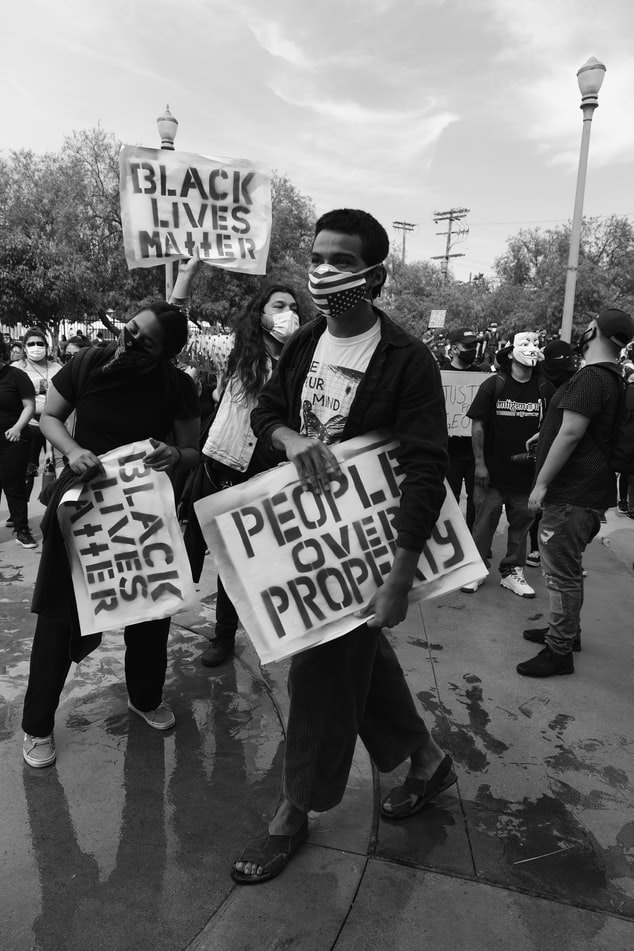
A few years ago, I led a Vietnamese-community-focused nonprofit as a youthful executive director filled with equal parts optimism and adult acne. I remember though one time at a board meeting trying to get board members to donate. “Please,” I said, “just give something. Anything! Even $5! I just need us to be able to tell funders that we have 100% board giving!” The elders stared back blankly at me. I was desperate. “OK,” I said, “how about I give you each $10, then you donate $5 back, and you make a profit of $5!” I was joking, but also kind of not.
The idea of “100% board giving” is one of those concepts that somehow have become entrenched in our sector, an unwritten truth that we don’t question. To this day, I still see funders asking about it on grant applications. Fundraisers, meanwhile, whisper warnings to one another: “There was one organization that only achieved 50% board giving. Their donations eventually all dried up. If you walk by the office, you can hear faint ghostly echoes of weeping from the development team.”
Continue reading “Why we need to drop the idea of 100% board giving”



